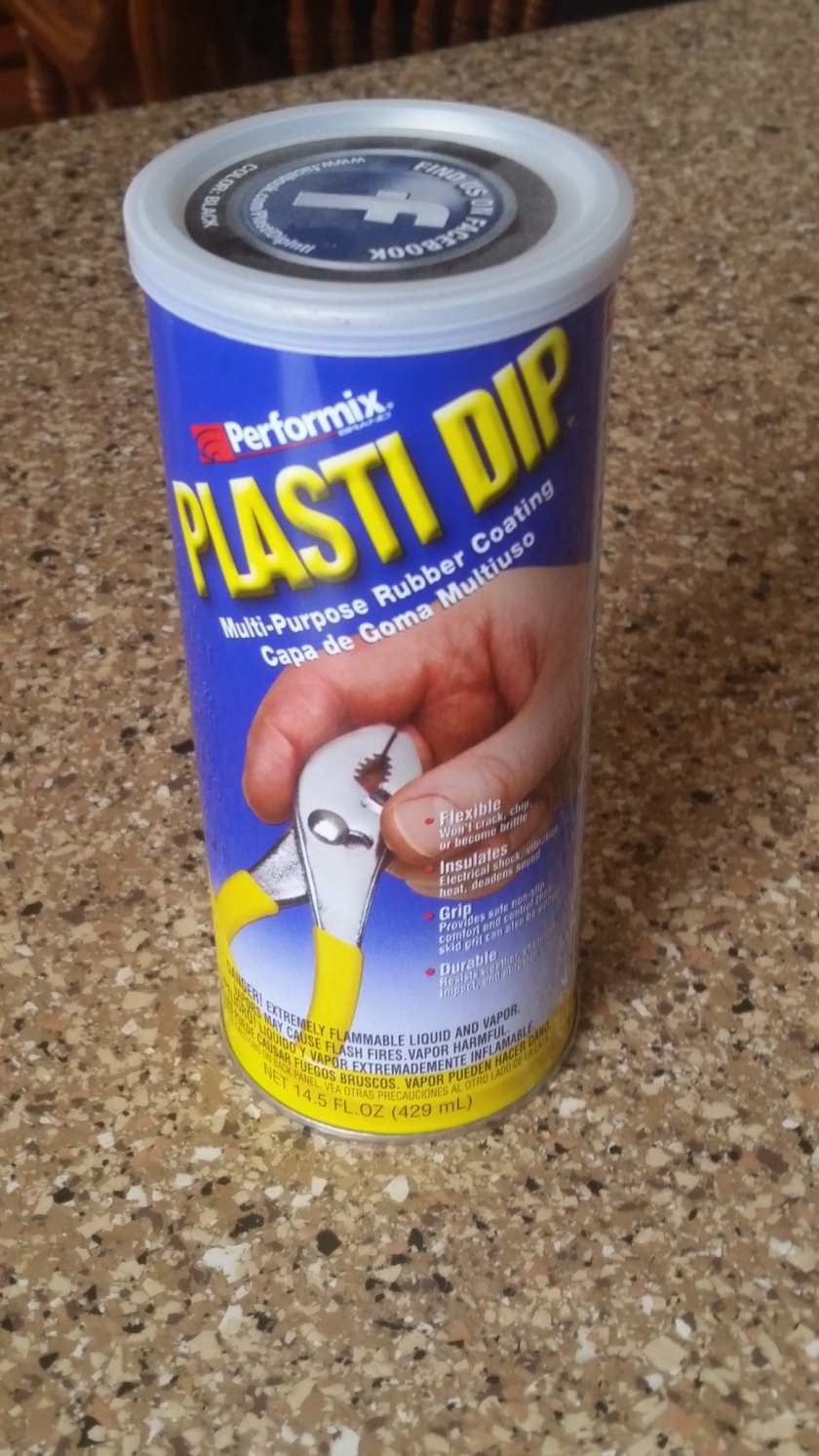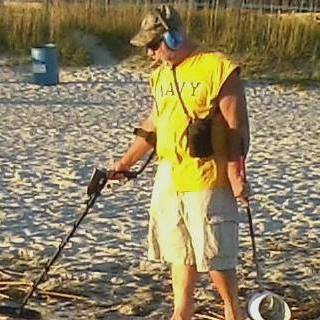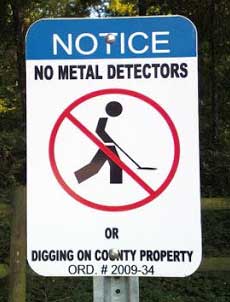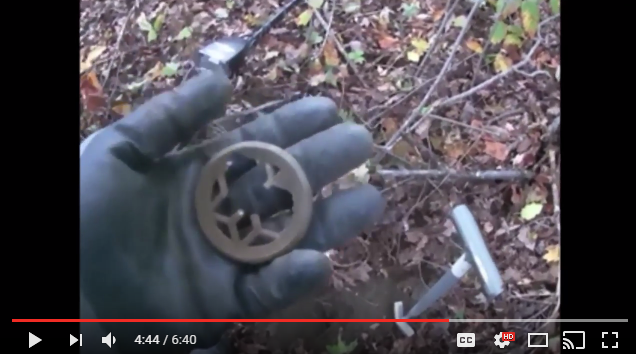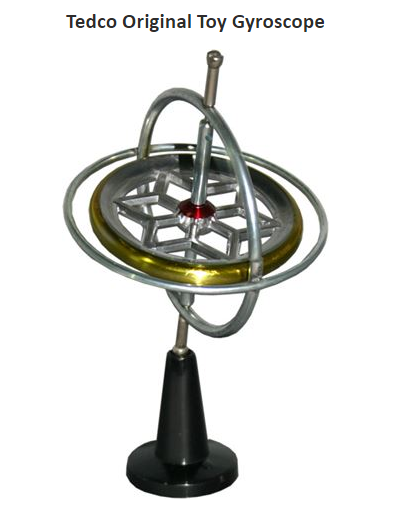Yesterday it was 55 degrees and sunny. Today its supposed to be 70 with bright skies, so I’m headed out a little later with a new hunting buddy, Josh, going back to the second 1870 house that Tom and I scanned last weekend…hopefully, with better results.
Josh, an Army vet, went to high school with my oldest son and now has entered our hobby kindom with a Garrett AT Pro. He’s relatively new to metal detecting but has made some pretty outstanding finds and is eager to learn.
I’ll try to pass along a little knowledge today, which is what we should all do with new detectorists.
Monday is supposed to be an outstanding day, with temps in the mid-70s, and I’ll be out somewhere…right after I mow for the first time this year. Somewhere in that span I’ll have to squeeze in some time to triple-dip the business end of my Pro Pointer AT, an annual task that pays off by extending the life of the instrument. I prefer a product called ‘Plasti-Dip’, a rubbery, tough liquid that dries to the consistency of a bicycle tire and doesn’t affect the pin pointer’s sensitivity. I started doing this two years ago, after watching a YouTube vid of a guy who’d worn a hole in his pin pointer’s casing…not good. That’s what happens when you use the wand as a digging/scraping tool, and it’s not meant for that; I don’t know about you, but I can’t afford to buy a new pin pointer every year.
Dipping your pin pointer is relatively easy and can be done every 4 hours if you want multiple coatings. I usually suspend my instrument from a shelf above my work bench using a short length of cord, then dip it in the liquid’s can up to just below the LED light. I slowly withdraw the can ( move the Plasti-Dip can, not the pin pointer ) downward, holding the pointer steady and making sure the overage drips back into the container. Using an empty butter tub, I slide the Plasti-Dip aside and position the reusable butter tub directly under the freshly-dipped pin pointer, ensuring that the suspended tool is steadied and not swinging side to side. Any excess coating material will drip into the tub and can simply be thrown away when the coating process is finished.
Give the material 4-5 hours to dry and repeat the process; you’ll be good to go for the rest of detecting season…
…which I think is finally here.
